China's national carbon trading market has been running for about three months since it launched operations. Compared with the blossoming European Union Emissions Trading System (EU ETS) set up in 2005, China's national carbon market has just taken its first baby steps. As traders in the carbon market now only number 2,225 coal-fired power generation emitters, the market's expected contribution to reduce carbon emissions is still limited, and so is total market capitalization.
How can the trading market become more effective?
First, most of the important emitters should be included in the trading system. About 90 percent of China's carbon emissions are from fossil fuel combustion. The contribution of emissions from the power generation sector is about 42 percent, while other energy-intensive industry sectors like steel and cement account for about 30 percent of the total. If other energy-intensive sectors apart from power generators were engaged in the market, it would make a big difference in reducing greenhouse gas emissions.
Second, improving emissions allowance allocations and surrender is key. Each enterprise involved in the market should get a proper allowance for free at the beginning to exchange in the market. If the allowance is not properly set, it will be of no use to reduce carbon emissions from related enterprises. The development of the EU market from 2006 to 2008 already demonstrated such a failure. During that time, the trading price was nearly zero. How to manage the cap-and-trade market is a complicated and systematic issue. It not only involves the number of traders taking part, but also concerns the systematic design of market regulation.
Third, standardization of emissions calculations is important for allowance allocations. It depends on the standardization of emissions calculation methodology for each industrial sector based on production processes. From 2016 to 2017, the National Development and Reform Commission released 24 technical regulations on emissions calculations for various industries, including power generation and steelmaking. Yet, only half of them have been issued as national standards until now.
Fourth, completing a data handling and reporting system is necessary. The allocation of allowances is based on the benchmark for each sector. To set up a benchmark, the government must be well aware of emitters' emission situations through calculations based on their production and emissions data. For example, before the power generation sector was included in the national allowance market, the government had collected related data of 2019 and 2020 from power plants. For the steelmaking sector, based on the national standards on carbon emissions for steel producing, which was issued by the national standard commission in 2017, such data would include energy consumption quantity, oxidization rate of equipment, carbon content of byproducts and waste utilization among others. To ensure data validity, monitoring and reporting systems should be set up and also be involved in third-party accreditation institutions.
Just like the EU ETS, a Chinese emissions trading system is also a complicated cap-and-trade-system. With reduction caps set, the system needs to take into consideration the regulations, data analysis and diversity of transactions and traders.
The Chinese government knows the complicated nature of carbon emissions trading. Since 2007, seven local pilot carbon exchange centers have been set up in selected provincial regions-including Beijing, Tianjin, Chongqing, Shenzhen and the provinces of Guangdong and Hubei. Not only are carbon emission allowances from selected sectors in these regions involved, but also local China Certification Emission Reductions (CERs) were exchanged in these various markets. As per CER, carbon emissions accumulated through renewable energy programs can be exchanged. With the involvement of financial institutions, several types of carbon financial products have been provided in these pilot markets.
For example, several carbon finance products have debuted on the Shanghai Environment and Energy Exchange. The Shanghai government also issued a municipal plan to become the national carbon financial center, and carbon funds, carbon bonds and carbon trusts are being developed.
Over time, China's carbon emissions reduction performance has been improving. China reduced emissions intensity per unit GDP by 48.4 percent in 2020 from the 2005 level. The Ministry of Ecology and Environment said that China became the second-largest carbon trading market in the world in 2020, with 2,837 key emitters, 1,082 institutions and 11,169 individuals registered in pilot trading programs. Last year, the total amount traded was 1.267 billion yuan ($197.05 million), a record high. But trading prices were not very high. Within the seven provincial regions, the average price in Beijing was about 89.4 yuan per ton, and for other provinces it was below 40 yuan per ton-in Fujian even 17 yuan per ton. Carbon trading was not that economically feasible for some provinces to actually reduce emissions. Given the low prices, financial institutions cannot really get motivated to take part.
As we all know, China has the largest carbon emissions market in the world. But why are local carbon trading transactions not yet attractive? And when is the proper time for financial institutions to get in?
Apart from what's been mentioned above, systematic management is also key for the market to blossom. Settlement of the allocation benchmark for each sector suggests that legislation plays the most important role in the prosperity of the market. In addition, regulations over the carbon emissions trading system should be a highly motivating factor for emitters.
This year, a series of moves have been taken by Chinese authorities to honor China's climate commitments. As an important market tool for carbon reduction, the national trading market should develop stably on a solid foundation.
In July, the Ministry of Ecology and Environment asked related enterprises from key carbon emitting sectors to report related data. Later, the NDRC announced the establishment of a work group focusing on carbon emissions statistics and verification. Differing from other trading markets, data are the foundation of this gigantic emissions trading system.
On Oct 10, the State Council issued a national plan for developing standards. It is expected that by 2025, systematic and tiered low carbon standards will be established for sectors, enterprises and products.
With this foundation, China's carbon allowance market will gradually become ready for financial institutions to get involved. Once financial institutions are participating, the market will become more energetic.
However, the cap-and-trade system is not the only effective way to reduce carbon emissions. Compared with other emission reduction measures-such as reducing energy consumption by using clean energy or reducing capacities of high-emission industries-the carbon market needs a relatively longer time to become effective. But once it is ready, it will be stable and its effect on the commodities market will be more noticeable.














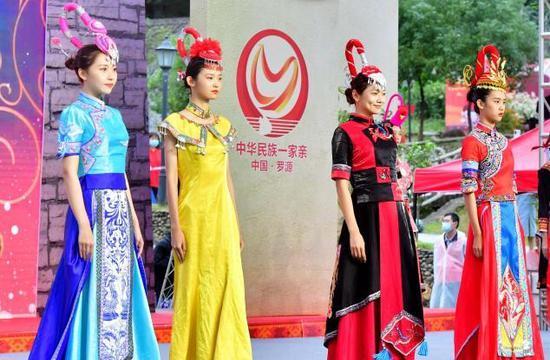

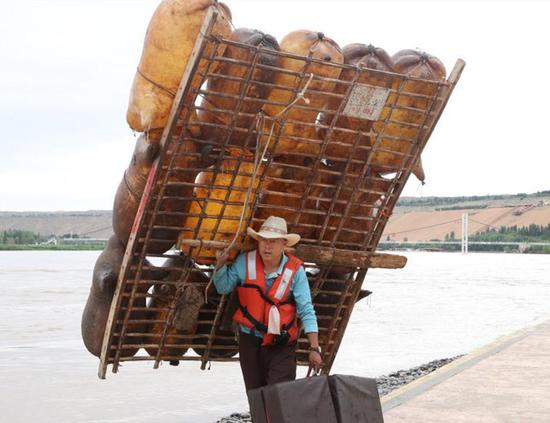

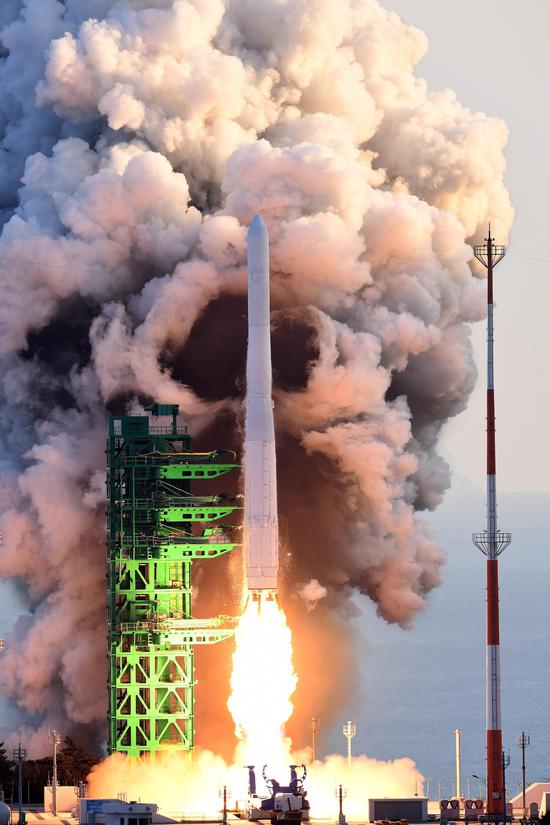


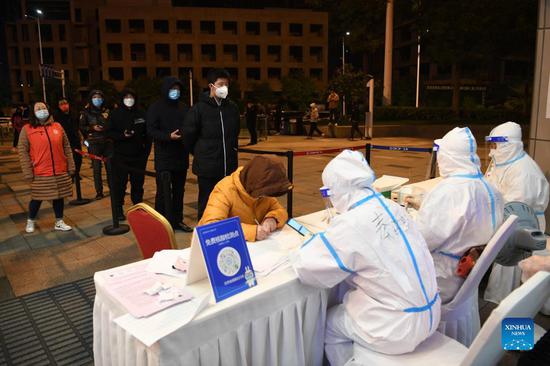

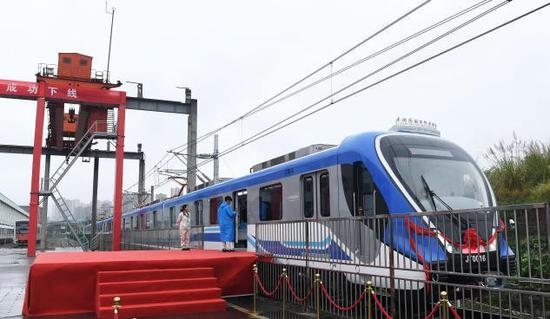






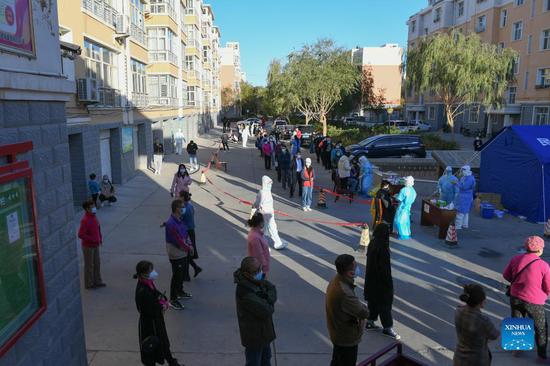
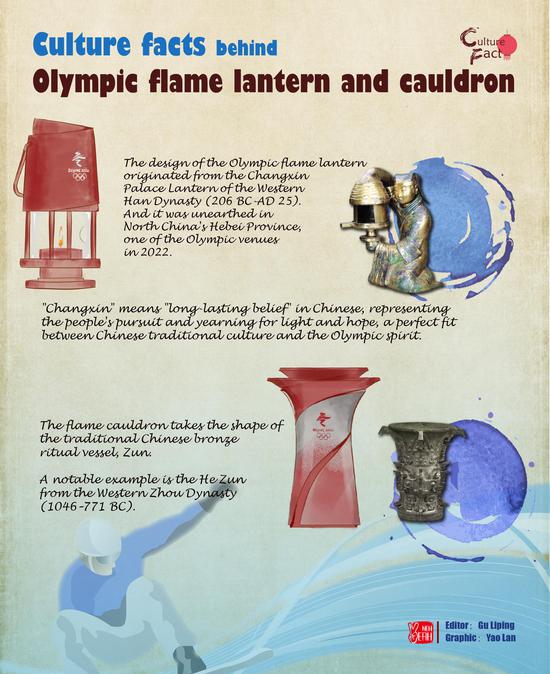




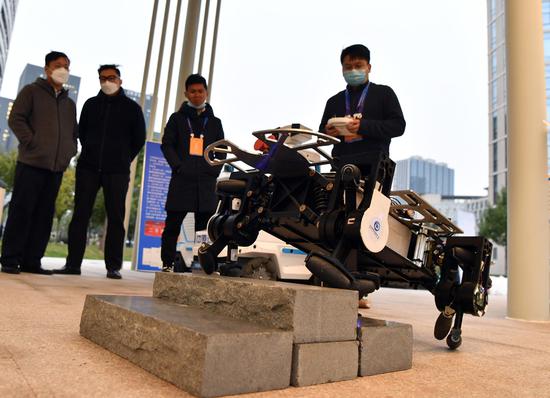



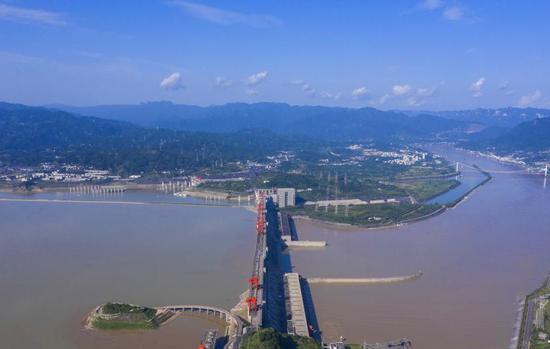









 京公网安备 11010202009201号
京公网安备 11010202009201号